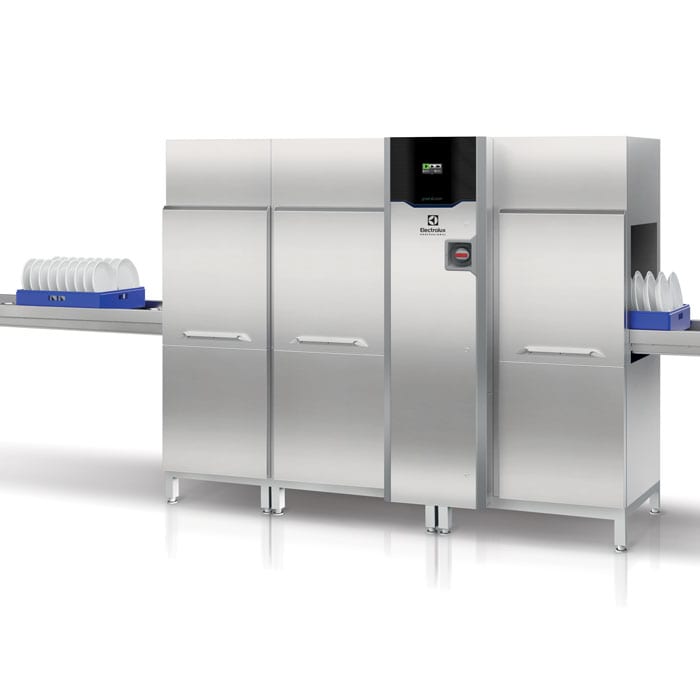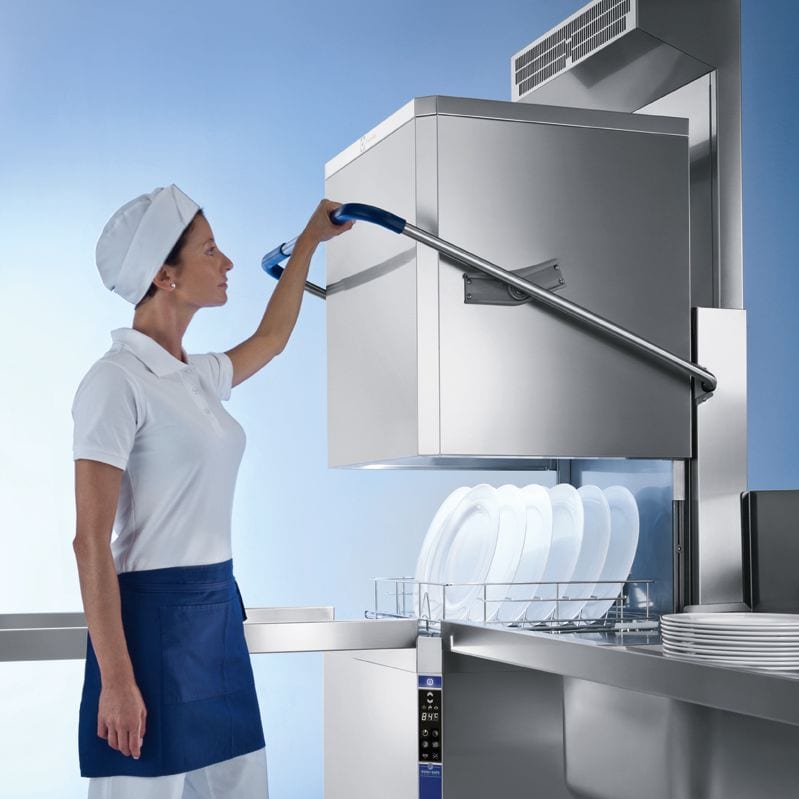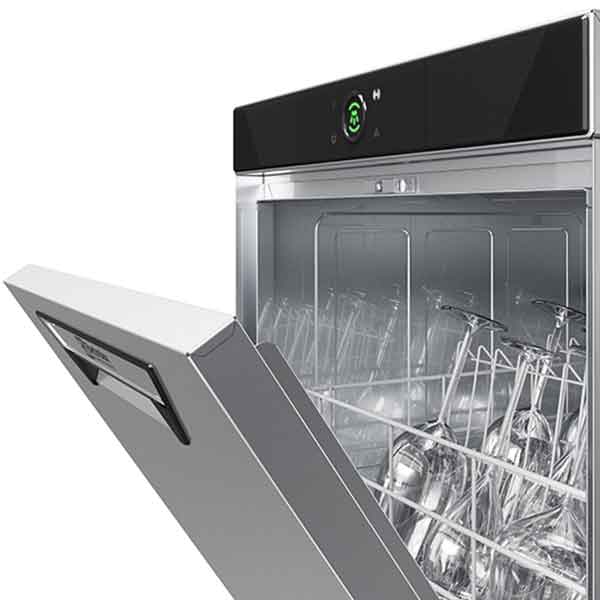Canteens are often an ideal place for bacteria to proliferate. While a lot of attention on hygiene is placed during food preparation, less attention is given to dishwashing and the health risks coming with it.
When dealing with food preparation dishwashing is often perceived as a byproduct.
A proper water management can sensitively reduce the outbreak of diseases like legionella.
According to data coming from the Centre for Disease Controls, health care facilities ranked high in legionella case spread out. 76% of people in location exposed to legionella (or Legionnaires’ disease) got it from a health care facility with water being the preferred conductor. The legionella bacterium prosper in humid conditions and survives water temperatures between 6°c and 60°c. The humidity inside a dishwasher can be the ideal place for legionella to develop. A dishwasher machine with a sanitation process can prevent the spread of the disease. Dishwashers operating at a temperature above 60°c can kill the legionella bacteria and thus guarantee optimal hygiene conditions.

Sanitation is a practice in dishwashing that can ensure the effective cleaning of your dishes while killing harmful bacteria. Choosing a dishwasher with a sanitation cycle can make a big difference especially if you are operating a health care facility.
Few options on the market offer sanitation programs for dishwashers. Dishwashers with rinse cycles operating at temperatures higher than 60°c are able to kill harmful bacteria like legionella.
Some dishwashers offer rinse cycle at 85°c rinse temperature, ensuring perfect hygiene results. If you are washing dishes at high pace, you will find plenty of solutions that not only avoid the spread of legionella but also ensure exceptional savings and sustainable operations.
But what happens once the dishwasher is not in operation? Is the dishwashing chamber sanitized?
Once the dishes are removed the environment within the dishwashing still favors the proliferation of bacteria including legionella. At the end of the day, once all the operations are concluded, the only way to kill bacteria is to sanitize the washing chamber with a dedicated cycle. A sanitation cycle in order to kill all the harmful bacteria needs to operate at a temperature above 60°c. Finding a dishwasher able to meet such requirement is the only way to be sure about an effective sanitation process. The only to be 100% sure about the hygiene conditions in your dishwashers is to carry out an effective sanitation cycle during and after the daily operations.

A proper sanitation has the following features:
- A highly effective filtering system that keeps the wash water free from food residue
- A powerful washing circuit guaranteeing water to circulate everywhere and clean every item
- A sanitation practice: an atmospheric boiler that during rinse ensure temperature high enough to kill bacteria
- A reliable dishwasher, easy to operate and to fix
- A troubleshooting feature which allow you to detect the problem and promptly tackle the issue
- A sanitation cycle for the machine itself to be activated easily at the end of each working shift


